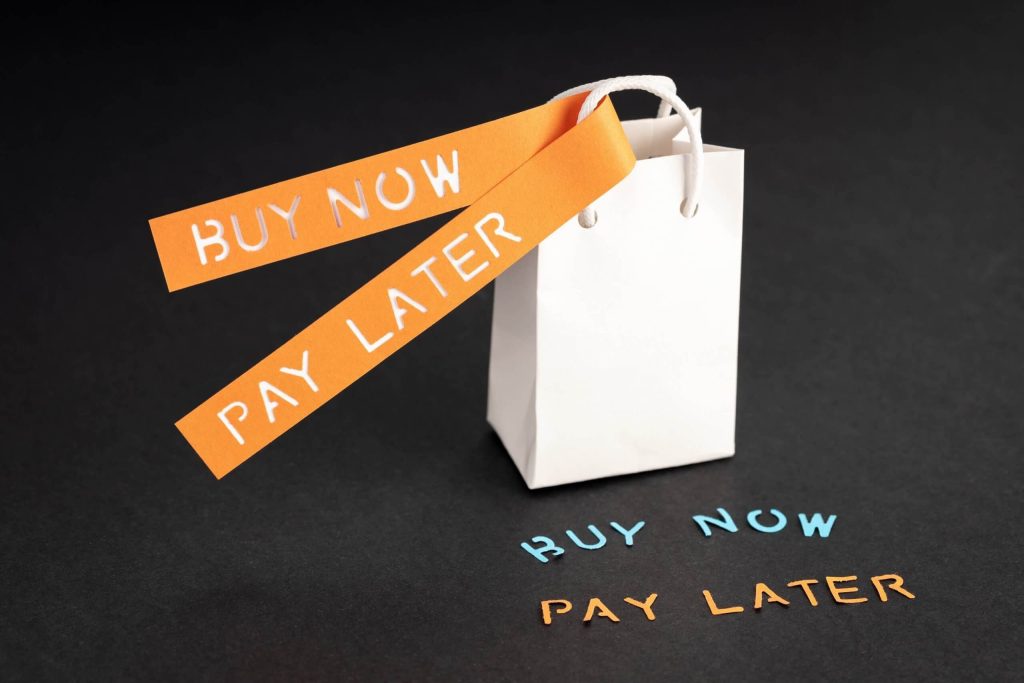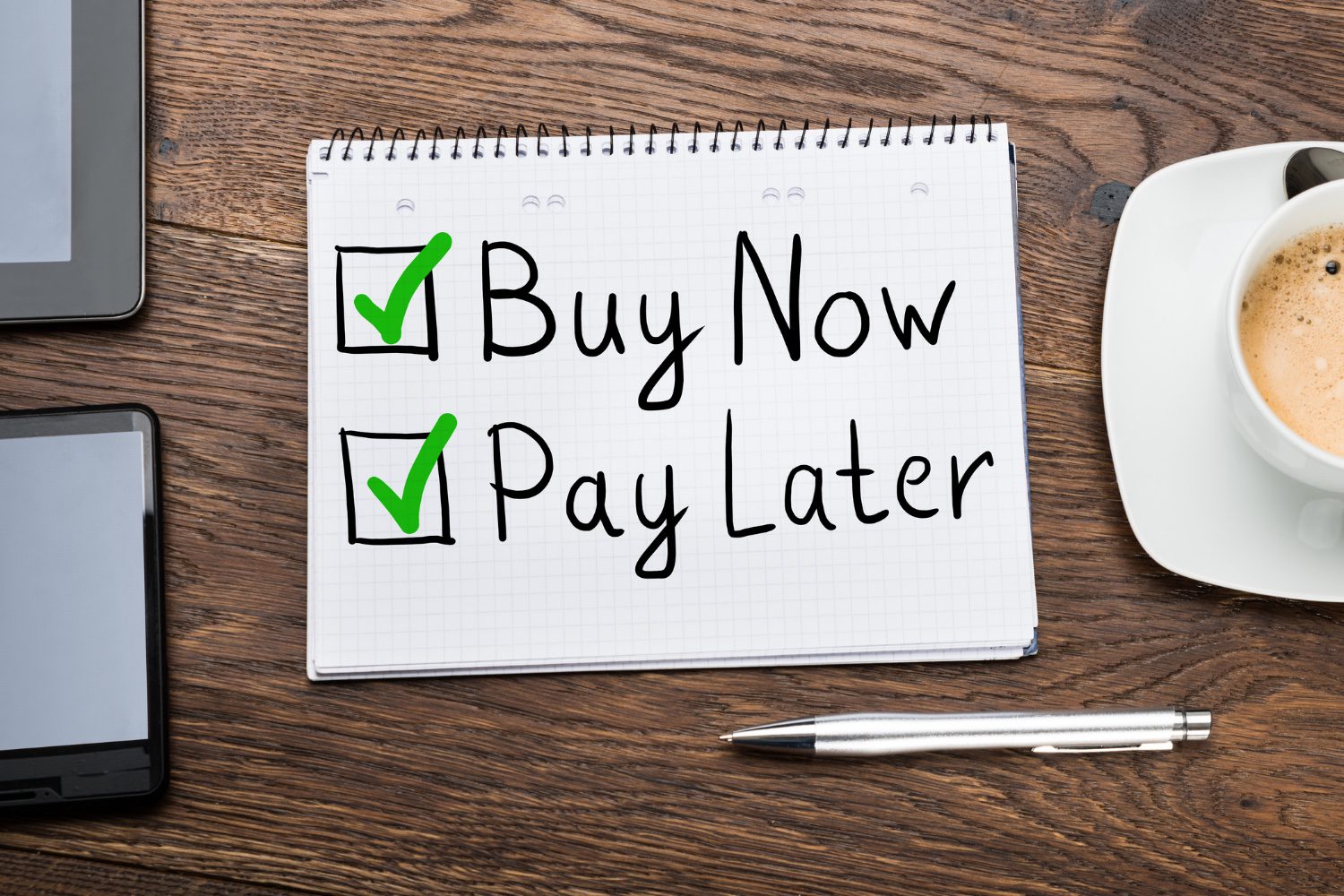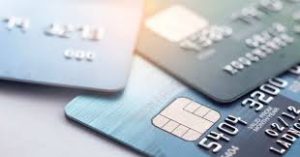Over the past few years, Buy Now, Pay Later (BNPL) services have exploded in popularity across the United States. Promising instant gratification with delayed payments, platforms like Afterpay, Klarna, Affirm, and PayPal Pay in 4 have redefined the consumer checkout experience.
But as the BNPL trend surges, concerns are growing about its impact on consumer debt and financial health. What appears at first as a convenient option for spreading out payments may, for some, mask a growing risk of overspending and unmanageable obligations.
How BNPL works and why it appeals to consumers

BNPL services allow customers to split the cost of a purchase—often into four equal payments—made every two weeks or monthly. Unlike credit cards, these services typically don’t charge interest if payments are made on time, and approvals are fast and easy.
The appeal is especially strong among Gen Z and millennials, who may lack access to traditional credit or simply want to avoid high interest rates and fees. BNPL apps are designed to be intuitive and mobile-friendly, seamlessly integrating with online stores and offering near-instant decisions.
The hidden risks of convenience
Despite its advantages, BNPL is not without serious risks. The low barrier to entry means consumers can easily overextend themselves, taking on multiple installment plans across different platforms. Because BNPL obligations often don’t show up on credit reports (though this is changing), users may be unaware of how much total debt they’re accumulating.
Missed payments can result in late fees, account suspensions, and negative marks on credit reports if the debt is sent to collections. For those living paycheck to paycheck, the biweekly structure may not align well with income cycles, leading to financial strain.
Regulatory response and industry evolution
Recognizing the growing influence—and risks—of BNPL, regulators in the US are beginning to take action. The Consumer Financial Protection Bureau (CFPB) launched an inquiry into the practices of major BNPL providers in 2021, and released a report highlighting concerns about consumer overextension, data privacy, and dispute resolution gaps.
The CFPB has since urged providers to adhere to clearer standards of transparency, including better disclosures and fairer repayment terms. There’s also mounting pressure to bring BNPL under the same regulatory framework as credit cards, particularly as providers begin offering more traditional financial products like physical cards, browser extensions, and interest-bearing plans.
Who benefits and who bears the burden?
BNPL has clear benefits for certain consumers—especially those who use it strategically, avoid fees, and need short-term liquidity. For someone making a necessary purchase they can’t afford all at once, BNPL may be a lifeline. It also serves as a helpful budgeting tool for planned expenses when used with discipline.
However, evidence suggests that BNPL disproportionately affects lower-income consumers and those with volatile earnings. These groups are more likely to miss payments, incur late fees, and fall into cycles of debt. While BNPL can create access, it may also amplify financial vulnerability if not paired with adequate safeguards.
A tool or a trap? The importance of financial awareness
Ultimately, BNPL is a financial tool—and like any tool, its impact depends on how it’s used. With awareness, discipline, and appropriate regulation, it can empower consumers to manage their cash flow and avoid high-interest debt. But without those protections, it risks becoming a trap that lures people into spending money they don’t have on things they don’t need.
For the BNPL model to fulfill its promise, providers must take responsibility for ethical lending, and regulators must step in to ensure transparency and fairness. Most importantly, consumers must be equipped with the knowledge to navigate this new credit landscape safely.



